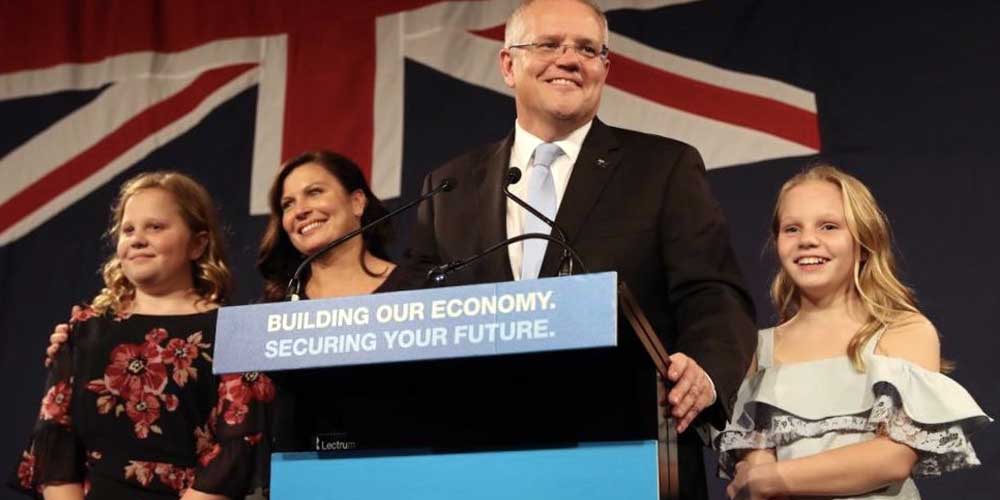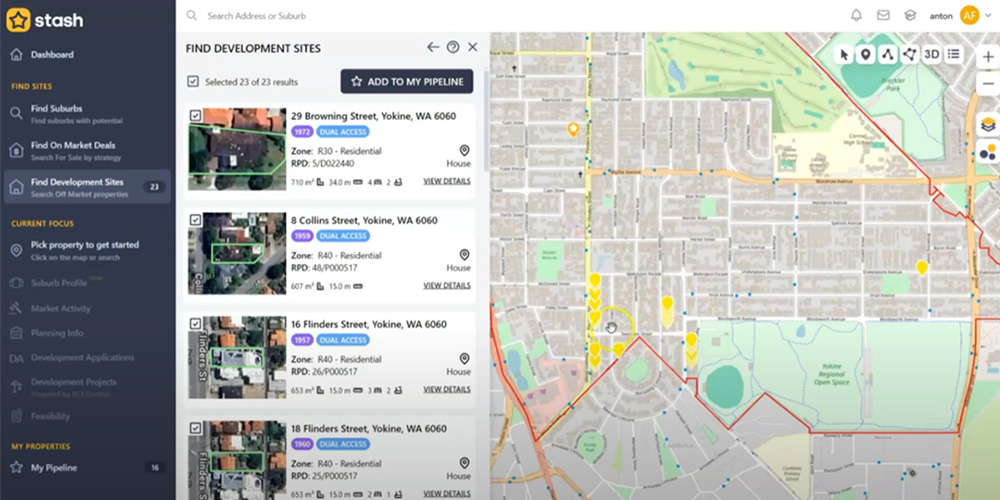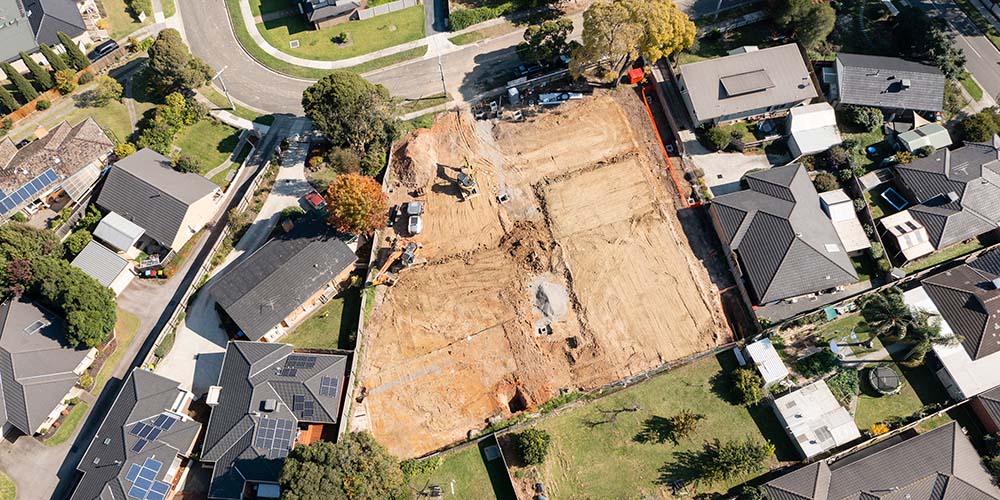
Two Saturdays ago, the liberal party under the leadership of Scott Morrison, delivered an unexpected but welcome election victory for property developers, mortgage brokers and real estate investors in Perth, many of whom were nervously sitting on the sidelines expecting the opposite result and more years on the property doldrums. They were all asking the same question – how will the election affect the property market in Australia for the near future?
There seemed little confidence in a likely Labor victory delivering any respite to the ailing property sector. Investors and property developers alike have had had a tough time in Western Australia. Investing with reliance on capital growth has yielded poor results for the last decade, and trying to obtain finance for property subdivision or developments has proved onerous, expensive and often impossible with little assessment criteria differentiation from our eastern states counterparts.
There is now however a distinct air of certainty and optimism in the property development realm in Western Australia backed by some new policy changes from the Federal government and APRA. These changes will certainly facilitate development opportunities, and in the near term improve demand factors in the housing market for product supply.
This is good news for Western Australia – early indications are that the election will affect the property market in a good way. Lets have an overview on what we know is already in the pipeline to improve the situation:
APRA review of serviceability calculations
The Australian Prudential Regulation Authority (APRA) has forwarded a proposal to reduce the 7% floor on serviceability calculations for residential mortgages. Banks and lending institutions will be permitted to assess loans at 2.5% above current rates, instead of the blanket 7% rate.
With rates at historic lows, with further rate cuts likely by year’s end, this means assessment at rates could be as low as 6% (or lower!), notwithstanding compliance with other serviceability criteria.
Whilst a small change, this may be the lift required in a flat wages market where it is difficult to save more. This change will allow more home buyers to enter the market for the first time sooner than they could previously afford to with saving, and will provide opportunity for existing homeowners to acquire a better home by climbing the suburb ladder.
If APRA introduces these changes and the banks pass the expected rate cuts on to borrowers, demand and ability to buy housing will lift in WA this year, as it becomes viable to own a home for market entrants. For those looking to subdivide their land or develop property, this is good news as there will be demand again from first homebuyers and suburb climbers for quality infill stock.
Tom Simpson, a mortgage broker and CPA from Voyage wealth, has speculated that this is good news for a prospective homeowners bottom line and ability to enter the market with some hypothetical calculations:
“A preliminary calculation with one leading lender using single a income of $80k/pa and no other variables yielded the following result- – an owner occupier borrower using the current 7.25% assessment rate which most banks use presently allows roughly $498k borrowed funds – an owner occupier borrowing funds with the new assessment rate rules of 2.5% buffer on top of a very achievable 4% owner occupier rate yields $538k – an investor being assessed at the current 7.25% allows $614k borrowing when allowing for negative gearing in the calculation – using the new 2.5% buffer on top of an easily achievable 4.5% investment rate allows $634k to be borrowed So we’re looking at roughly $40k further borrowing capacity for owner occupiers and $20k for investors with this lender alone and there are other banks around that are much more lenient when it comes to calculating serviceability so we could see increases in borrowing capacity greater than this.“
Whilst not a fortune, it’s a small edge that may be the difference for tens of thousands of potential housing market entrants impacting the housing supply curve and ultimately the health of a property developer’s bottom line from the supply side.
APRA will undertake a four-week consultation period, closing on 18 June 2019, before releasing updated guidelines for deposit-taking institutions. All property developers and sub dividers in Western Australia should watch this space closely.
The First Home Loan Deposit Scheme
The second major early known effect of the election for the property market is the Morrison Government’s commitment to rolling out the First Home Loan Deposit Scheme in January 2020. This scheme is good news for those subdividing or developing property in WA, as it is another avenue to improve demand for housing products in the market by providing assistance to first time owner occupiers to enter the market, as a more current market responsive alternative to Key Start home-loans.
The First Home Loan Deposit Scheme caters to higher wage earners, up to $125 000/pa for singles and $200 000/pa First Home Buyers only. This is likely to respond to the earning and home ownership entry requirements in Sydney and Melbourne. This could prove to be advantageous to market entrants in WA however (particularly mining and FIFO personnel) if the qualification criteria is not severely adjusted state by state over the course of the roll-out.
In a nutshell, the major attractions of the roll-out are:
- Deposits as low as 5% with no extortionate Lenders Mortgage Insurance as the government will underwrite the loans, effectively being guarantor similar to the well-known mum and dad’s parental guarantee
- Property purchase prices and eligibility criteria will be capped based on the region, reflecting the reality of different property markets and financial climates across Australian states and regions
- The National Housing Finance and Investment Corporation will partner mainly with private lenders to deliver the First Home Loan Deposit Scheme, prioritising smaller lenders to boost competition in the provision of financial services to the Australian market as a whole.
- Investing billions of dollars in local infrastructure and selling commonwealth land to unlock new housing supply in partnership with local councils through the National Housing Infrastructure Facility.
This scheme will provide further opportunity for developers as it will give more home-buyers the chance to purchase and thus drive the demand curve (and prices) into positive territory.
Exciting times ahead for the next few years, and certainly reason to have a skip in your step for the firs time in a while if you are into developing property or subdividing land. To discuss getting a development underway, borrowing, or either of the two election initiatives and their effect on the property market in Western Australia further, please get in touch with us by visiting our website to talk development, or contact us directly for a chat:
Anton Flynn: anton@subdivisionexperts.com.au | 0430 469 396
Tom Simpson: tom@voyagewealth.com.au | 0432 883 081
Would you like to discuss the post election impact on developers in more detail ?
Get in touch with us directly for assistance and we will get in touch!




